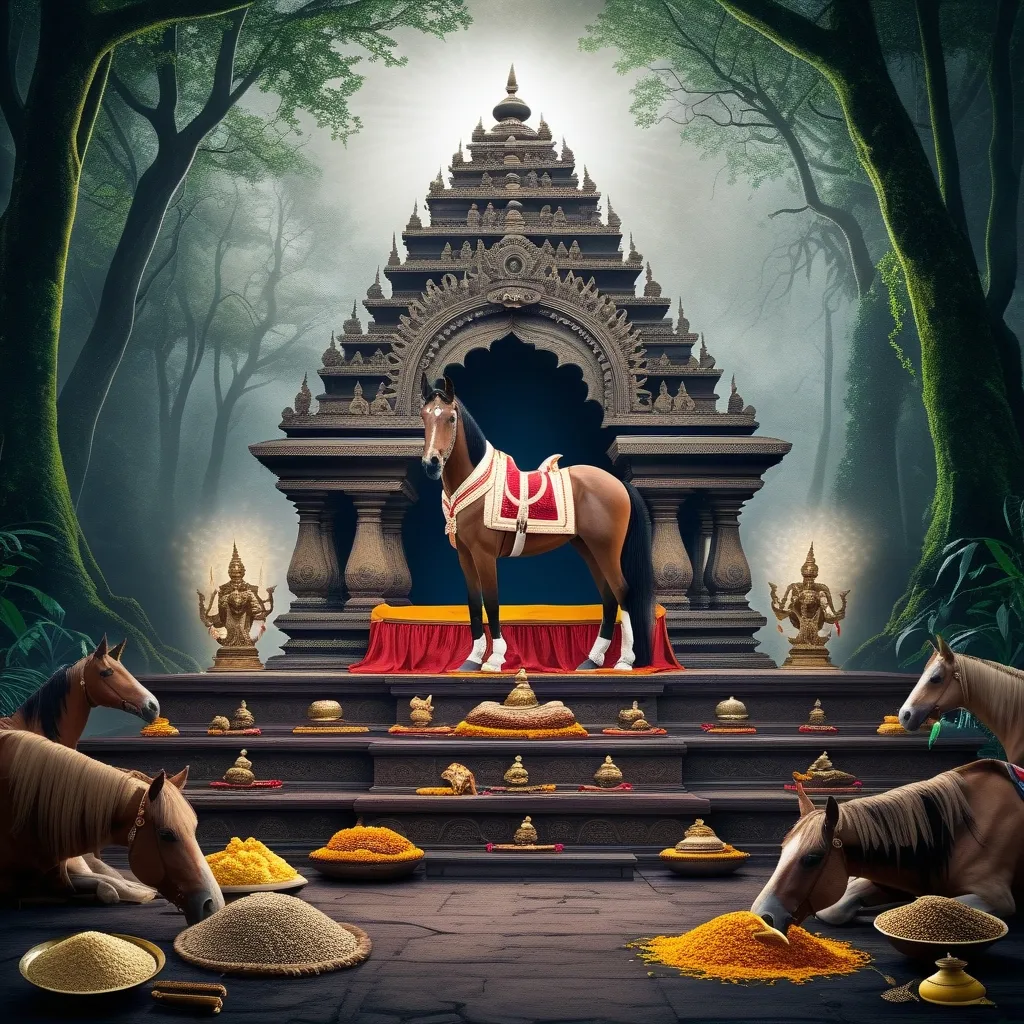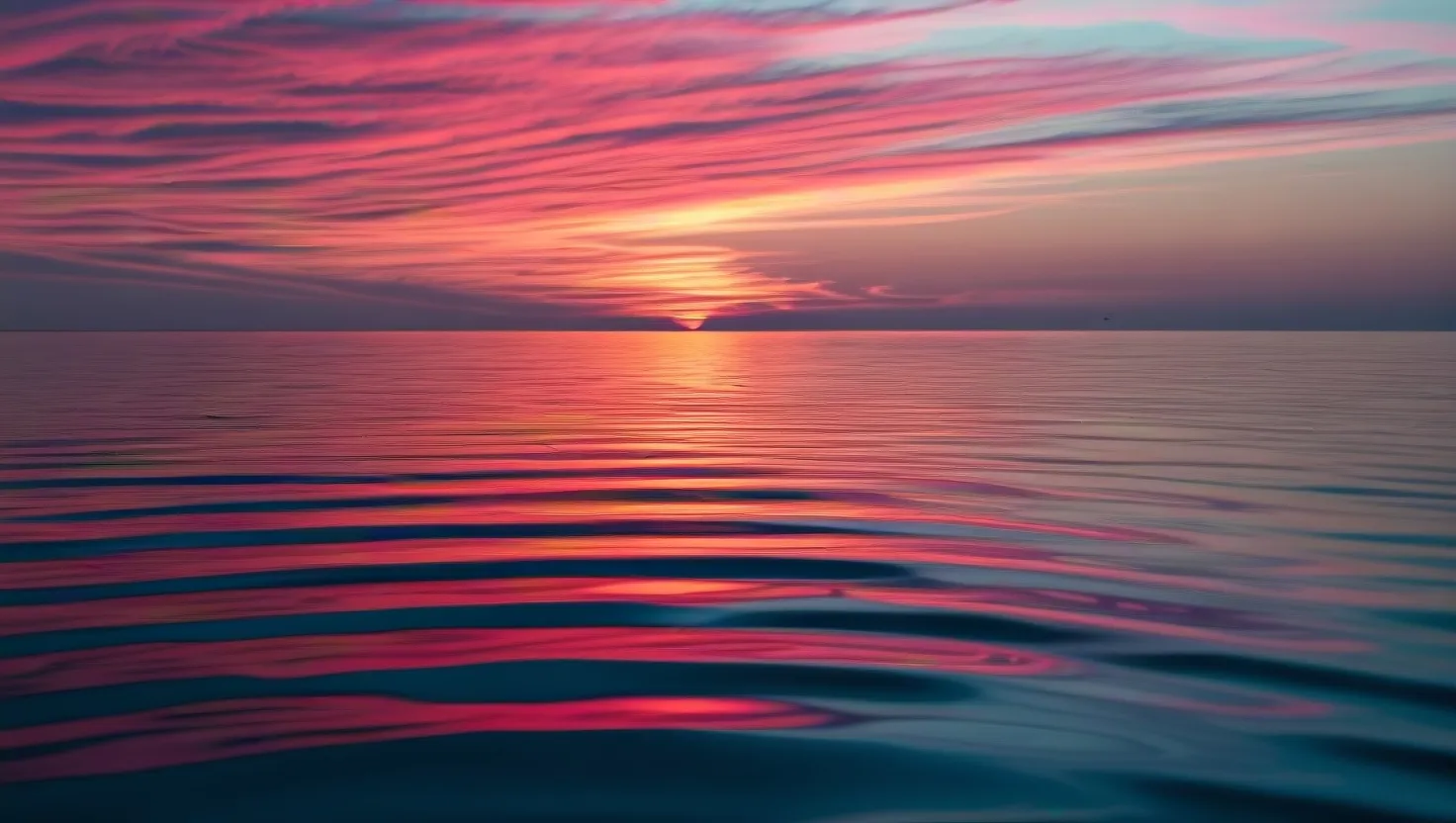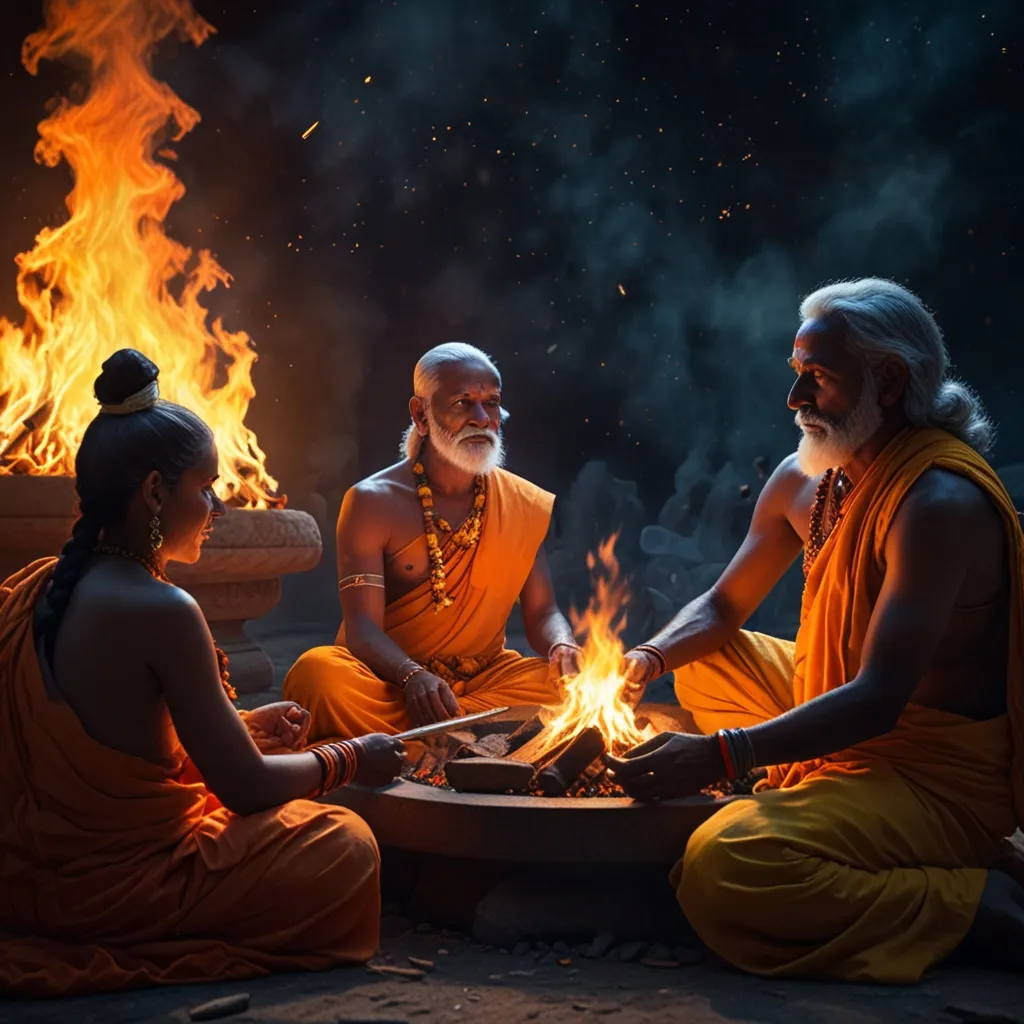In the vast, dazzling universe of Hinduism, one topic that has always fascinated and divided people is animal sacrifice, especially in relation to ancient texts like the Yajur Veda. To truly understand this, we need to go back in time and explore the historical and symbolic importance of animal offerings in old Hindu rituals.
The Vedic Era and Animal Sacrifices
Way back in the Vedic era, animal sacrifices were more than just common—they were a crucial part of some significant rituals. Known as “yajñas,” these weren’t just acts of killing; they were packed with deep symbolism and ritualistic importance. The Yajur Veda, one of Hinduism’s four main Vedas, has detailed instructions on how these sacrifices should be performed. From building the altar from specific woods to the exact manner of offering the animal, it was all laid out.
One of the most legendary rituals was the Ashvamedha, or horse sacrifice. This wasn’t just another sacrifice; it represented the king’s control and power over his empire. A horse would be set loose to wander for a year, followed by the king’s warriors. At the end of the year, the horse would be offered in a highly ritualistic ceremony, involving not just the horse but many other animals dedicated to various gods.
Symbolic Significance
The animals weren’t just random victims; they had rich symbolic meanings. In the Ashvamedha, the horse stood for power and dominance, while other animals corresponded to different deities. The sacrifice was viewed as a communication method with divine forces, aiming to ensure prosperity and well-being for the community.
It’s important to know that these acts weren’t about the brutal act of killing but the profound symbolic value. The rituals were often lengthy and involved reciting mantras from the Vedas, emphasizing the spiritual rather than the mortal side of the sacrifice.
Evolution of Practices
As time passed and Hinduism grew and changed, its practices evolved. There was a noticeable move toward non-violence and vegetarianism. Around the time the Upanishads were scripted, the focus shifted from external rituals to internal meditation and discipline. This was a broader philosophical change within Hinduism, where the principle of non-violence (ahimsa) started to become more central.
Later texts, like the Bhagavata Purana and the Brahma Vaivarta Purana, outright banned animal sacrifices in the Kali Yuga, which they classified as the current era. These texts made it clear that animal sacrifices were out of place in this age and that more humane offerings like vegetables and grains were the way to go.
Alternative Offerings
The idea of kindness and non-violence in yajñas was always given a thumbs-up, while animal sacrifices were seen as a stepping stone to gentler practices. In several Vedic rituals, animal sacrifice wasn’t the only option. For instance, the Yajur Veda talks about many types of yajñas, but only a third involved animal offerings. The rest promoted alternatives like ghee, rice cakes, and other non-animal items.
Modern Perspectives
Fast forward to today, and animal sacrifices have mostly faded into the background, surviving primarily in certain folk and tribal traditions, especially within Shaktism. Mainstream Hinduism has largely embraced the ideals of non-violence and vegetarianism. This shift mirrors the evolving philosophies within Hinduism, which aims to blend ancient traditions with contemporary ethical and moral standards.
Wrapping It Up
Animal sacrifices in the Yajur Veda and other Vedic texts form a complex topic full of nuances. They were an essential part of ancient rituals, always layered with symbolic and spiritual significance. As Hinduism has evolved, the focus has moved toward more compassionate practices, showcasing the dynamic nature of Hindu philosophy. This adaptability continues to guide millions of followers globally.
Understanding these old practices requires context. Rituals weren’t merely about killing but held deeper spiritual meanings. As we move forward, the guiding principles of non-violence and compassion seem destined to remain central, fostering a more respectful relationship with all forms of life.






